Ever wonder how some animals manage to thrive in conditions where humans would definitely tap out? Mother Nature, in her infinite wisdom, has crafted some truly incredible creatures that defy the odds, living in some of the harshest environments on Earth. So, let’s dive into this fascinating world of extremophiles and meet some of the planet’s toughest inhabitants. Grab a cozy seat, because these stories of survival are nothing short of jaw-dropping.
1. The Tiny Yet Mighty Tardigrade
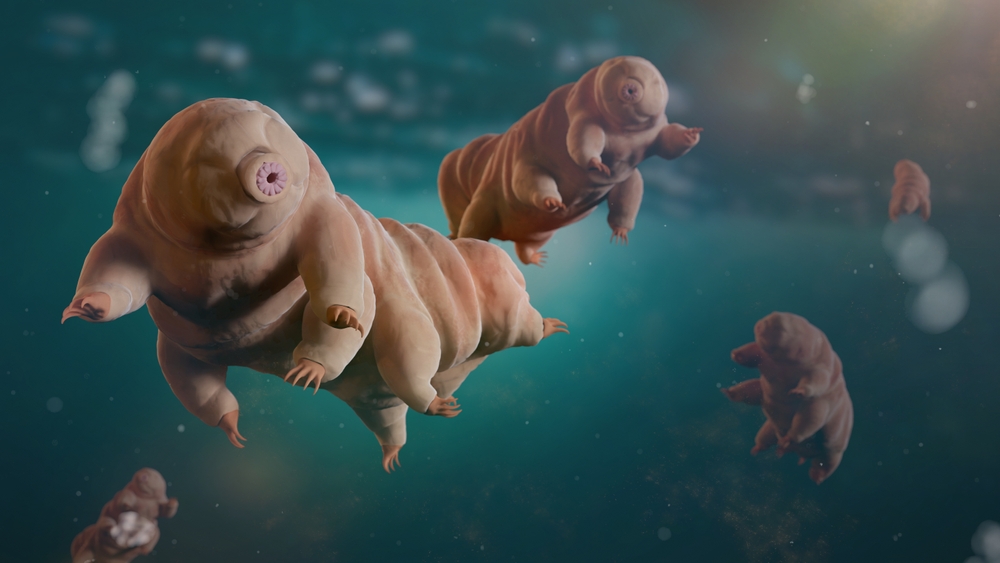
Picture this: a microscopic creature with eight legs that can withstand radiation, extreme heat, and freezing temperatures. Meet the tardigrade, also known as the water bear, nature’s ultimate survivor. These tiny critters are renowned for their ability to endure the kind of extreme conditions that would spell doom for most other life forms. According to the National Science Foundation, they can survive being boiled, frozen, exposed to the vacuum of space, and even zapped with radiation. You could dry them out for decades, and they’d still bounce back as if nothing happened.
Tardigrades achieve this by entering a cryptobiotic state where their metabolic processes virtually pause, allowing them to endure harsh environments. It’s like pressing a cosmic pause button on life itself! Their resilience has captured the imagination of scientists, who study them to understand potential strategies for human survival in extreme conditions. While they may be small, tardigrades pack a survival punch that leaves us humans in awe. Next time you’re feeling overwhelmed, just channel a bit of that tardigrade tenacity!
2. The Unyielding Ice Worm
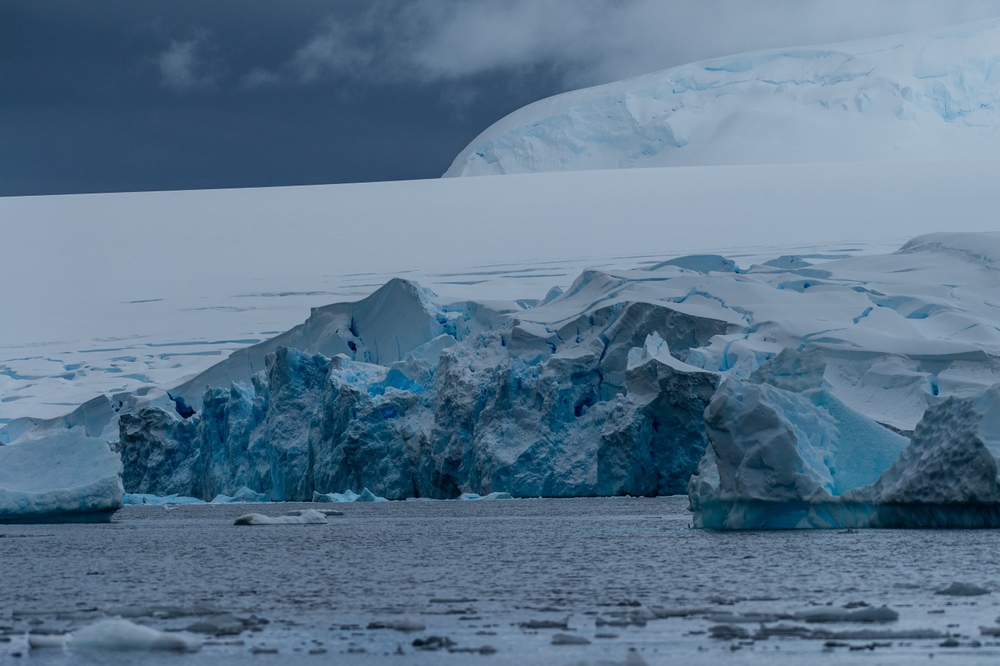
Now, let’s talk about the ice worm, an organism that thrives where you’d least expect—inside glaciers. Yes, you heard that right. These worms have made their homes in the cold, dark world of glacial ice, places where temperatures drop well below freezing. Ice worms come out at night to feed on algae and bacteria on the glacier’s surface and retreat back into the ice during the day to avoid the sun’s rays. As noted by the U.S. National Park Service, their bodies are specially adapted to survive temperatures that would flash-freeze most creatures, using special proteins to prevent their cells from turning into popsicles.
Oddly enough, ice worms can’t survive much above freezing temperatures; warm environments are a death sentence for these chilly critters. Their metabolic processes are uniquely tuned to cold, illustrating how life finds a way even in the coldest corners of the world. While they may not be the stuff of nightmares like their fictional cousins, the ice worms are a marvel of adaptation. Next time you feel the chill of winter, remember these worms are right at home in what you consider sweater weather.
3. The Remarkable Resilience of the Emperor Penguin
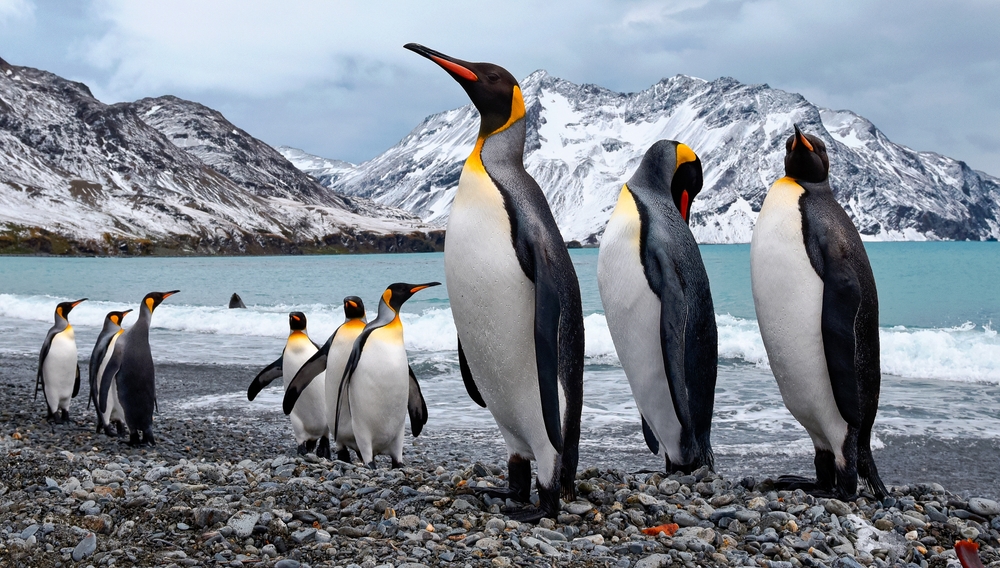
Emperor penguins are the epitome of grace under pressure, thriving in the frigid landscapes of Antarctica. These regal birds endure temperatures that plunge to nearly -60 degrees Celsius while raising their chicks. Huddling together in large groups, these penguins create a microclimate of warmth that allows them to survive and thrive during brutal polar winters. Each penguin takes turns moving to the warmer center of the huddle, ensuring everyone has a chance to warm up.
What’s even more incredible is their breeding process, which occurs during the coldest months. Males incubate the eggs on their feet, protecting them with a flap of skin known as a brood pouch, while females venture out to the sea for food. This coordination and endurance are nothing short of remarkable, showcasing the resilience and adaptation of life in extreme conditions. Next time you face a challenge, think of the emperor penguin and remember that with cooperation and perseverance, anything is possible.
4. The Desert-Dwelling Camel
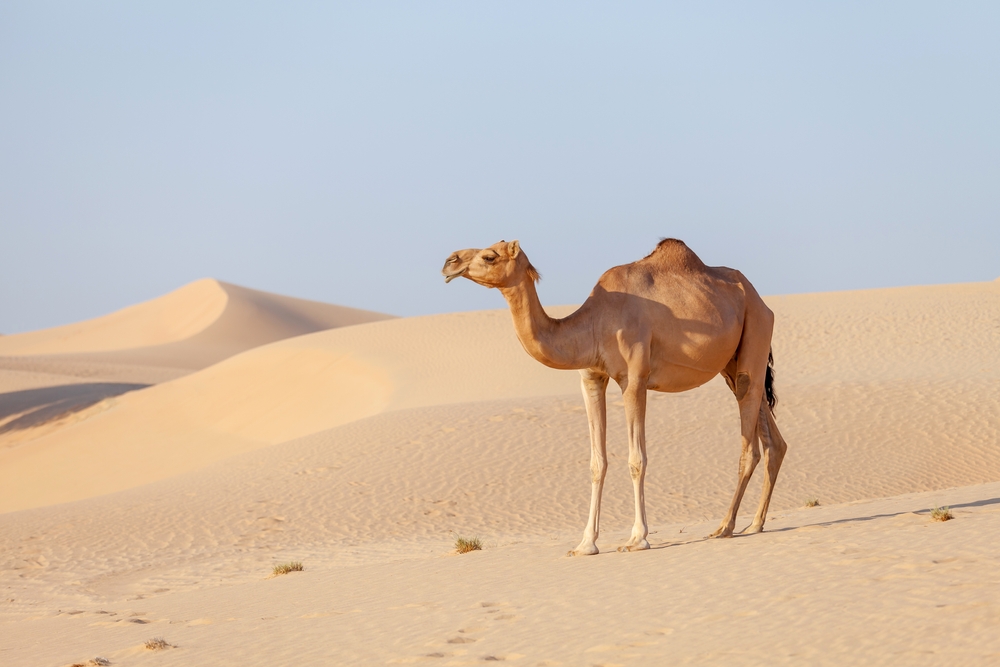
Camels are often referred to as the ships of the desert, and for a good reason. These incredible animals have evolved to survive in some of the harshest conditions on Earth, where water is scarce and the sun is relentless. Camels can go for weeks without water, making them perfectly suited for life in arid environments. Their humps, contrary to popular belief, store fat—not water—which they can metabolize for energy and hydration.
Their bodies are designed to withstand the desert’s extreme temperature fluctuations, with thick coats that insulate against heat and cold. Camels also have uniquely structured nostrils that minimize water loss and protect their eyes from sandstorms. Such adaptations make camels masters of desert survival, capable of traveling long distances under the scorching sun. They’re a testament to the power of adaptation, proving that life can flourish even in the most inhospitable places on Earth.
5. The Unbreakable Wood Frog
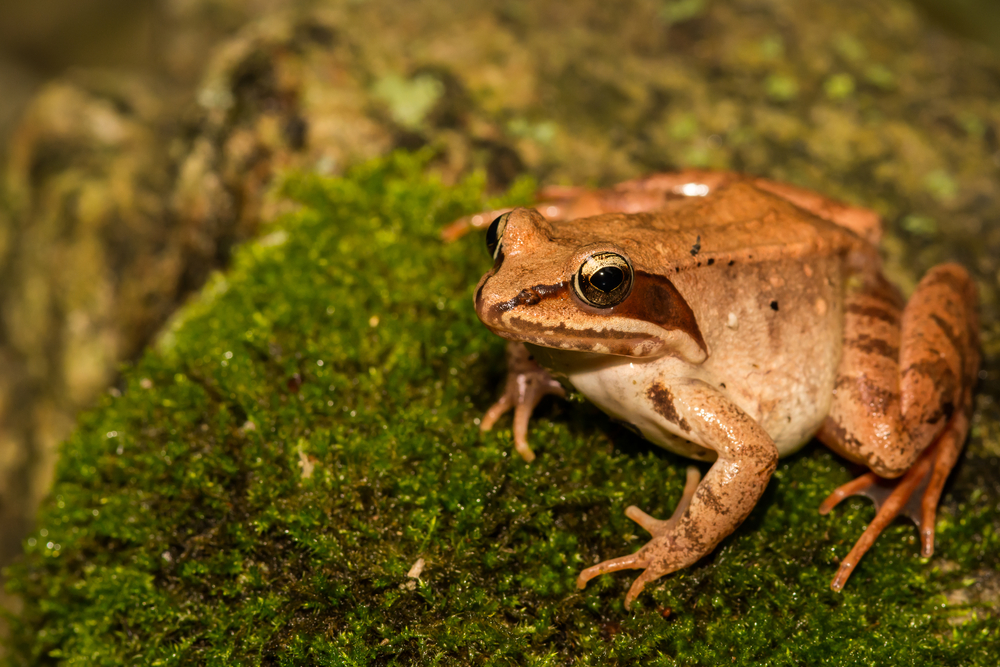
The wood frog is nothing short of a marvel with its ability to survive being frozen solid. Found in North America’s forests, these frogs endure winter by allowing their bodies to freeze while their vital organs remain unfrozen. During this hibernation, their hearts stop beating, and they cease to breathe, essentially putting themselves in a state of suspended animation. As temperatures rise, these frogs thaw out and hop away as if they hadn’t just spent months as biological ice cubes.
This miraculous feat is achieved using glucose, which acts as a natural antifreeze, preventing their cells from being damaged by ice crystals. It’s an incredible strategy for surviving in environments with harsh winters, demonstrating nature’s ability to innovate. While the idea of being frozen solid might seem terrifying to us, for the wood frog, it’s simply another part of life’s cycle. Their ability to defy death-by-ice serves as a reminder of nature’s adaptability and resourcefulness.
6. The Unyielding Sahara Silver Ant
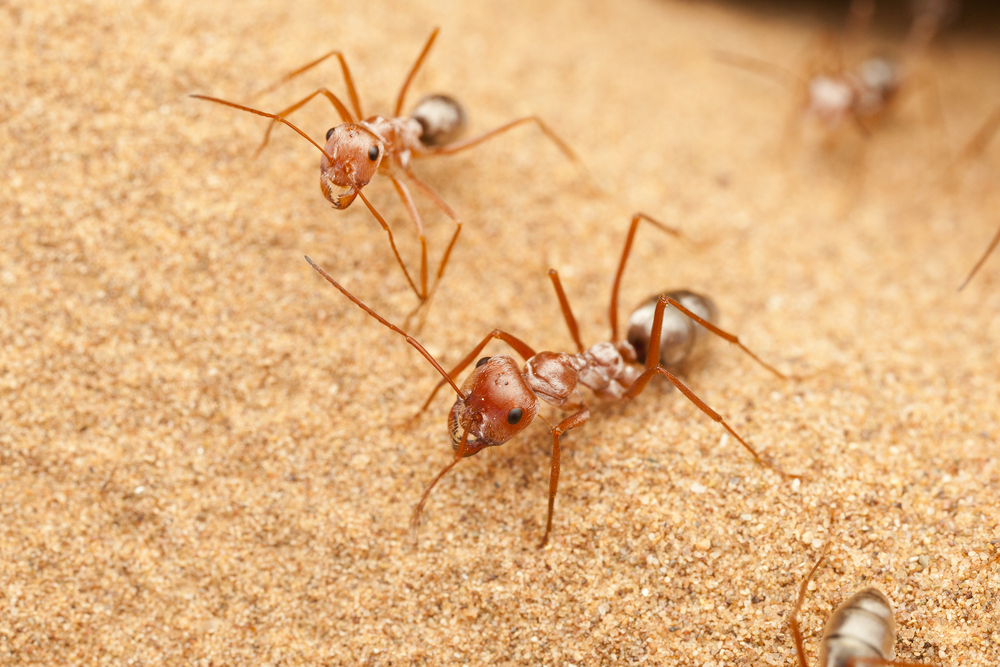
In the scorching heat of the Sahara desert, an unlikely hero emerges—the Sahara silver ant. These metallic-looking ants are the only terrestrial animals that can withstand surface temperatures of up to 60 degrees Celsius. Their shimmering silver appearance is more than just for show; it’s a biological adaptation that reflects sunlight, keeping them cool as they scavenge for food during the hottest parts of the day. This adaptation allows them a brief window of ten minutes to forage before the heat becomes lethal.
Their legs are longer than those of other ants, elevating their bodies away from the scorching sand to help with heat dissipation. Additionally, they have heat shock proteins that protect vital cellular functions from the extreme heat. These ants not only survive but thrive in conditions that would spell doom for most living creatures. The Sahara silver ant’s story is one of perseverance in the face of adversity, proving that sometimes, the smallest creatures can accomplish the most extraordinary feats.
7. The Heat-Resistant Pompeii Worm
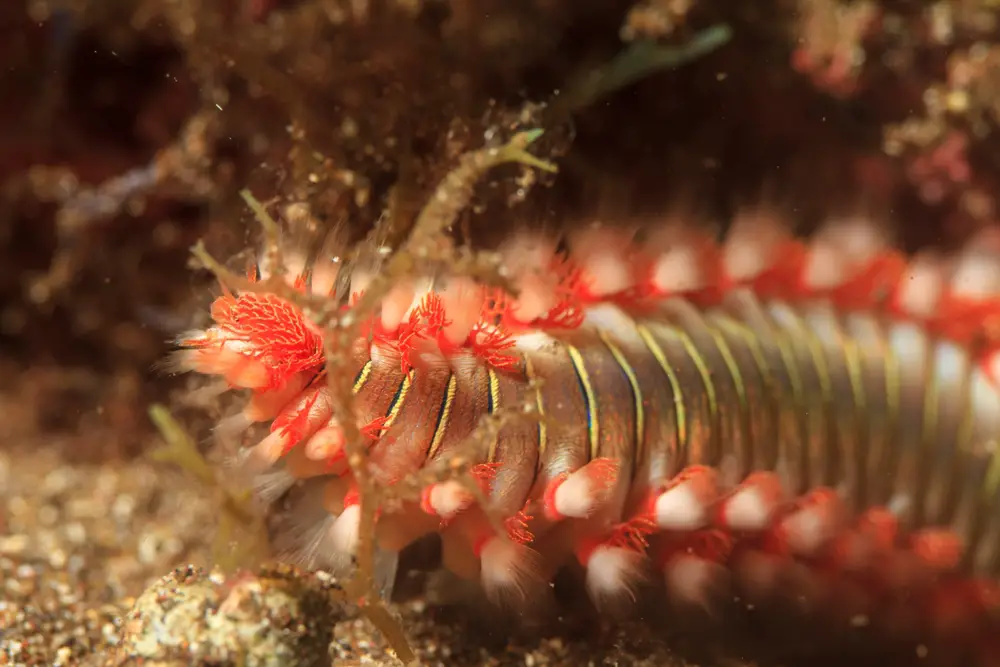
Imagine living in a hot spring where water temperatures can soar to 80 degrees Celsius. Meet the Pompeii worm, a creature found near hydrothermal vents on the ocean floor. These worms thrive in an environment where life seems impossible, drawing their name from the fiery city of Pompeii. Their secret? A symbiotic relationship with bacteria that cover their bodies, providing insulation from the intense heat. This partnership allows the worms to flourish in the hottest known environment where life exists.
The Pompeii worm not only endures these extreme temperatures but also benefits from the nutrient-rich sulfur expelled by the vents. By constantly regenerating their protective bacterial sheath, these worms have adapted to an environment where even a small misstep could be fatal. In this undersea world of fire and brimstone, the Pompeii worm stands as a beacon of life’s tenacity. The next time you think of hot days as unbearable, remember the incredible resilience of these oceanic survivors.
8. The Unyielding Naked Mole Rat
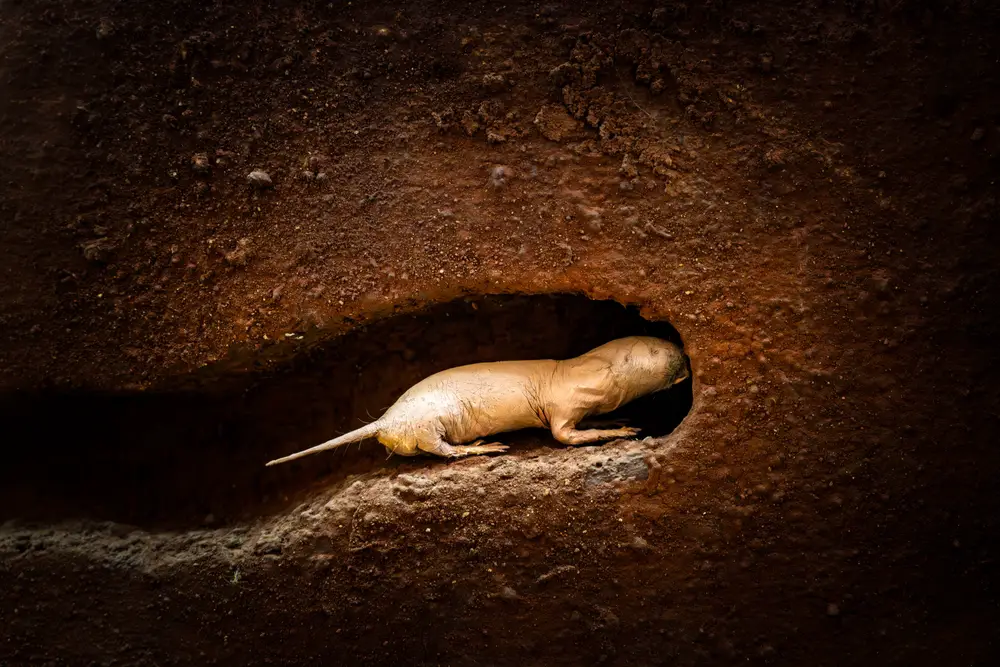
Deep underground in the horn of Africa, naked mole rats lead a life oblivious to the harsh aboveground climate. These peculiar rodents are not only unique in appearance with their hairless, wrinkly bodies but also in their ability to thrive in low-oxygen environments. Living in tightly packed colonies, they have adapted to survive with very little air by slowing their metabolism, allowing them to function in conditions that would asphyxiate most mammals. Their subterranean lifestyle shields them from predators and harsh weather, making them masters of their domain.
Naked mole rats have another astonishing trait: they are nearly impervious to cancer. Their bodies produce high levels of a substance called hyaluronan, which helps prevent tumors from developing, a trait that has piqued the interest of scientists worldwide. They are social creatures, exhibiting a unique eusocial structure similar to that of bees, with a single breeding queen and workers. The naked mole rat’s resilience and unique biological traits continue to baffle researchers, showcasing the diversity and adaptability of life on Earth.
9. The Enduring Arctic Fox
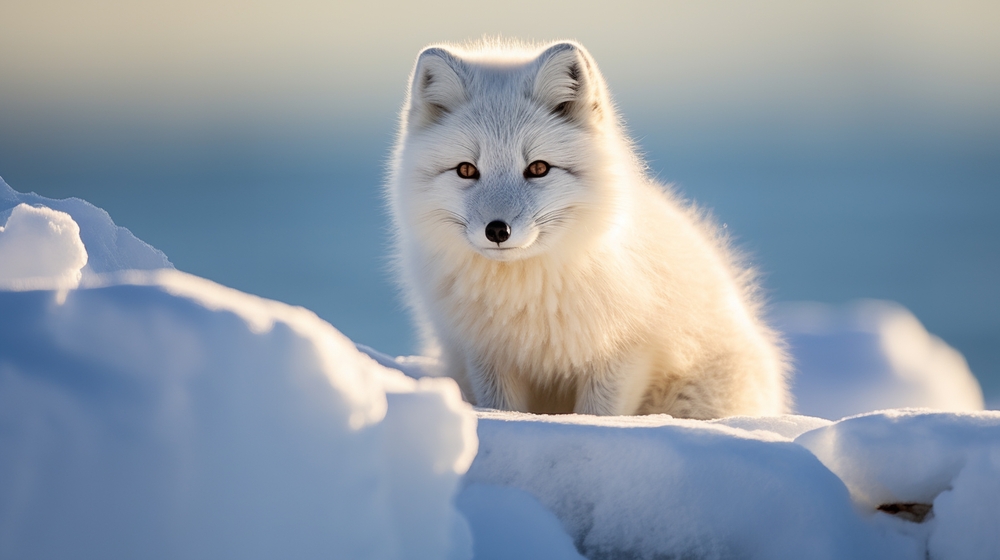
In the icy deserts of the Arctic, the arctic fox proves that not all survivors need to be large and intimidating. These small but mighty foxes are superbly adapted to the freezing conditions of their northern habitat, with dense fur that traps heat and small ears to minimize heat loss. They change the color of their coats with the seasons, providing camouflage in both snowy and rocky landscapes. This seasonal adaptability allows them to remain elusive to predators, a key to their survival.
Arctic foxes are opportunistic feeders, consuming a diverse diet that includes lemmings, fish, and even seal carcasses. Their ability to follow polar bears and scavenge leftovers allows them to thrive when other food sources are scarce. These clever canines showcase the adaptability necessary to survive in one of the planet’s most unforgiving climates, reminding us that sometimes survival is about flexibility and cunning. The arctic fox is a testament to the idea that survival often requires the ability to adapt and innovate.
10. The High-Flying Bar-Headed Goose
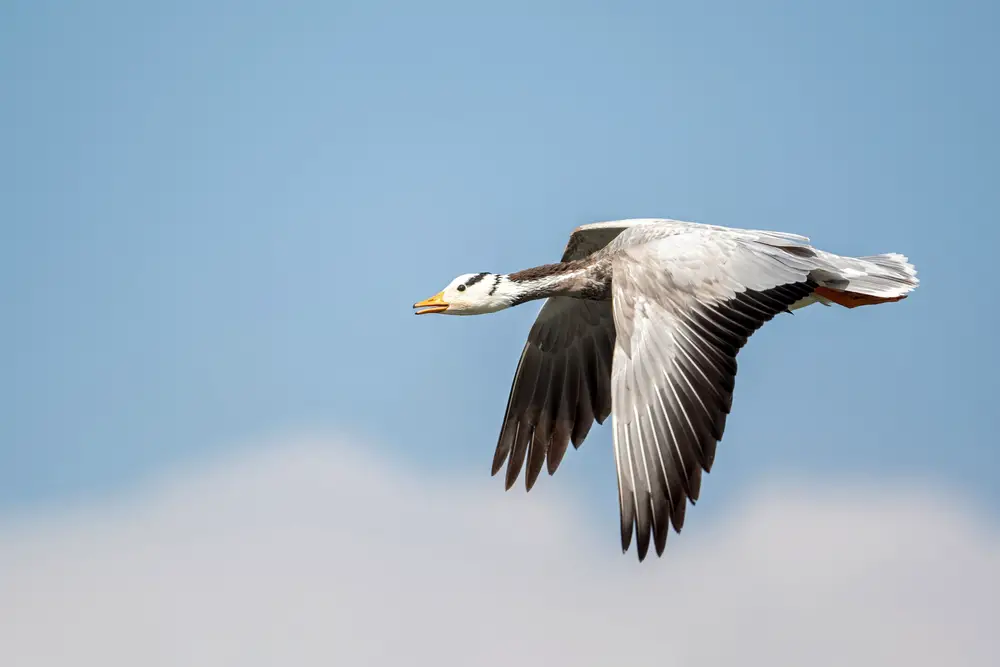
Ever heard of a bird that flies over the Himalayas? Meet the bar-headed goose, famed for its ability to soar at altitudes where oxygen levels are dangerously low. These geese migrate over the towering peaks of the Himalayas, reaching heights of almost 30,000 feet, a feat that would leave most creatures gasping for breath. Their bodies have special adaptations, including more efficient hemoglobin in their blood to extract oxygen from the thin air, allowing them to maintain high levels of activity in low-oxygen environments.
In addition to their physiological adaptations, these birds have incredibly powerful and efficient flight muscles, enabling them to sustain long flights at high altitudes. Their remarkable endurance and navigation skills allow them to complete one of the most challenging migrations on Earth. The bar-headed goose stands as a symbol of endurance and the pursuit of life’s journey, reminding us that with the right adaptations, even the sky isn’t the limit. Next time you’re faced with a daunting challenge, think of these geese and their indomitable spirit.
